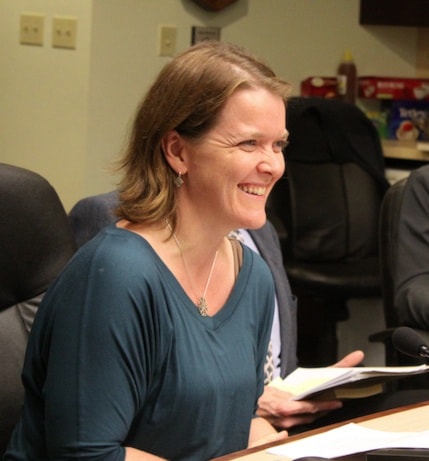Work on a new energy system for a block of city-owned buildings in downtown Nelson is moving ahead, but is now expected to use biomass rather than geothermal heating.
A feasibility study completed in August found biomass would make the most economic sense. It would use wood waste from local mills and reduce greenhouse gas emissions by about 1,200 tonnes per year.
The buildings expected to be included in the project’s first phase are the Civic Centre, community complex, curling club, and indoor soccer facility, which are all adjacent.
The project would cost anywhere from $2.3 million to $6.3 million and take 16 to 30 years to pay for itself.
Nelson Hydro says it is further researching capital costs, but has already found the greatest cost differences are in civil works and energy transfer stations required to move heat from the system to each customer. The lower-end estimate doesn’t include costs such as acquiring land or retrofits to tie buildings into the system.
“The expenses included in the estimates will be confirmed and merged into a final cost estimate,” a memo to city council from Nelson Hydro general manager Alex Love and corporate energy coordinator Fiona Galbraith reads. “This refined cost estimate will have a high enough degree of accuracy to assess the business case for a district energy system.”
The refined estimate is expected in early 2015. Nelson Hydro also wants to look for potential sites for a central plant, seek grants to speed up the payback time, and do an engineering analysis.
Originally the city was thinking about an energy system that would use Kootenay Lake for heating and cooling, but Galbraith and Love told city council Monday that while it is technically feasible, the cost recovery would not be as swift as with biomass.
“In an apples-to-apples comparison, [the consultant] said biomass is the best,” Love said. “The challenge now is to reign the variety of options down to a manageable few. We look forward to bringing forward for council’s consideration a business case in the fairly near future.”
Love said the plant needs to be centrally located, no more than one kilometer from the buildings it serves, and could fit on a space the size of the community complex’s lower parking lot. Depending on the amount spent, Love said it could look like anything, from a “steel-clad industrial building” to a timber-framed building with windows “that looks fairly attractive.”
Depending on the option chosen, there would be very little particulate emissions, he said. At one plant they toured, “you were hard pressed to see something coming out of the stack.”
Galbraith said despite the wide spread in cost estimates, she expected the final price tag to fall between $3 million and $4 million.
A 2012 fibre supply study found no shortage of waste wood within a 120 km radius of Nelson. “It’s now stockpiled,” Galbraith said. “They don’t know what to do with it. They said ‘We’d be happy if you would take it off our hands.’”
(CORRECTION: An earlier version of this story said a biomass system would generate carbon emissions roughly equivalent to natural gas. However, although biomass has carbon content, it does not contribute to greenhouse gas emissions in the same way as natural gas.)
